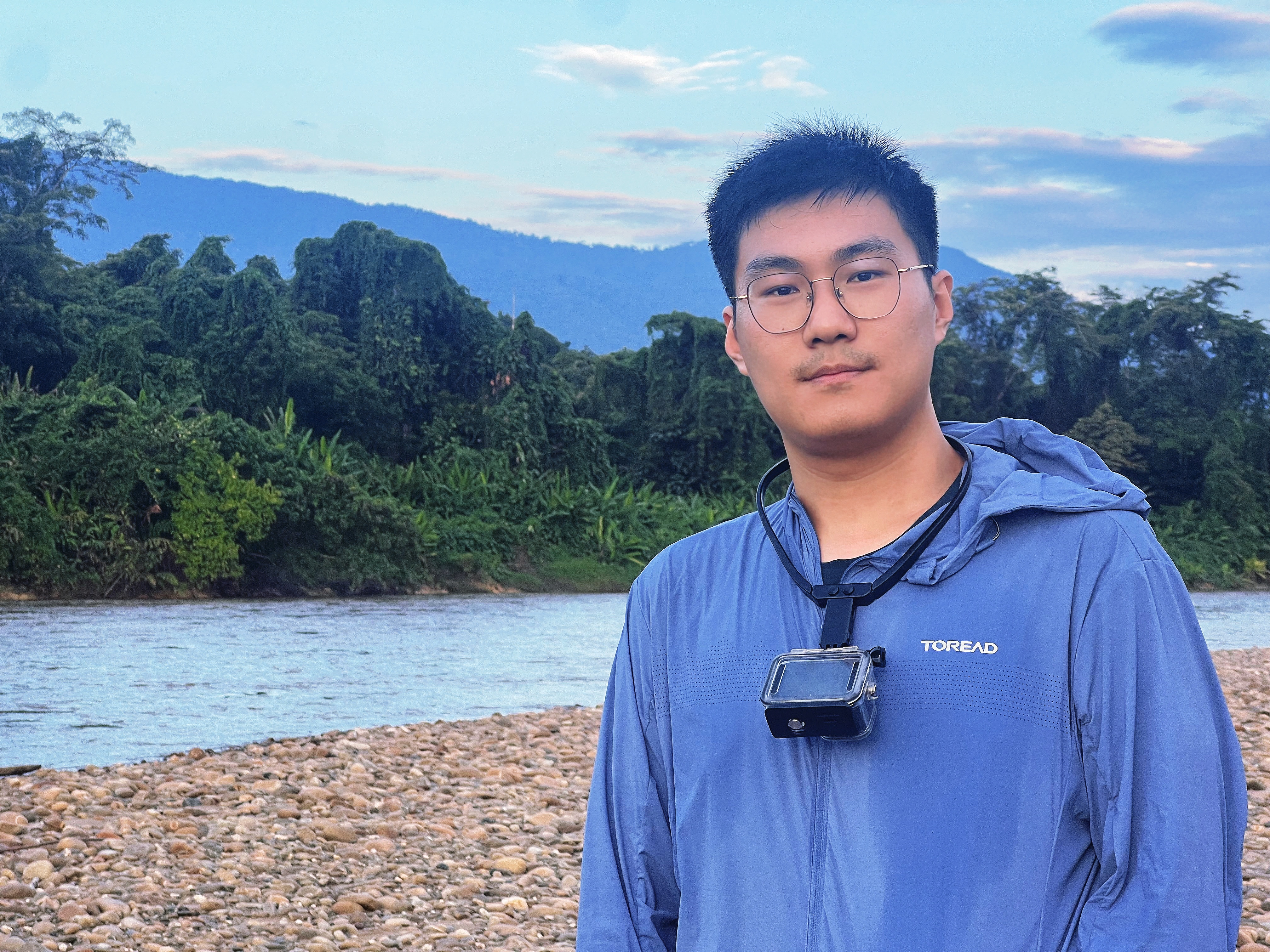Xingchao Liu (刘星超)
Email: xcliu at utexas.edu
- Researcher at DeepSeek AI, Beijing
- Google Scholar
- github
Welcome to my homepage! I am a machine learning researcher specializing in probabilistic inference and generative modeling, with a particular emphasis on their applications in multimodal intelligence.
Currently, I am a researcher in the multimodal group at DeepSeek AI. Prior to that, I received my Ph.D. from the University of Texas at Austin, where I had the privilege of being advised by Prof. Qiang Liu. During my undergraduate study at Beihang University, I also worked with Prof. Hao Su in UCSD.

Research
For full publication list, please refer to [My Google Scholar].Janus Series
Rectified Flow
Other Directions
I also have publications on multi-task/multi-objective learning, sampling, quantization, etc. Please refer to the full publication list.